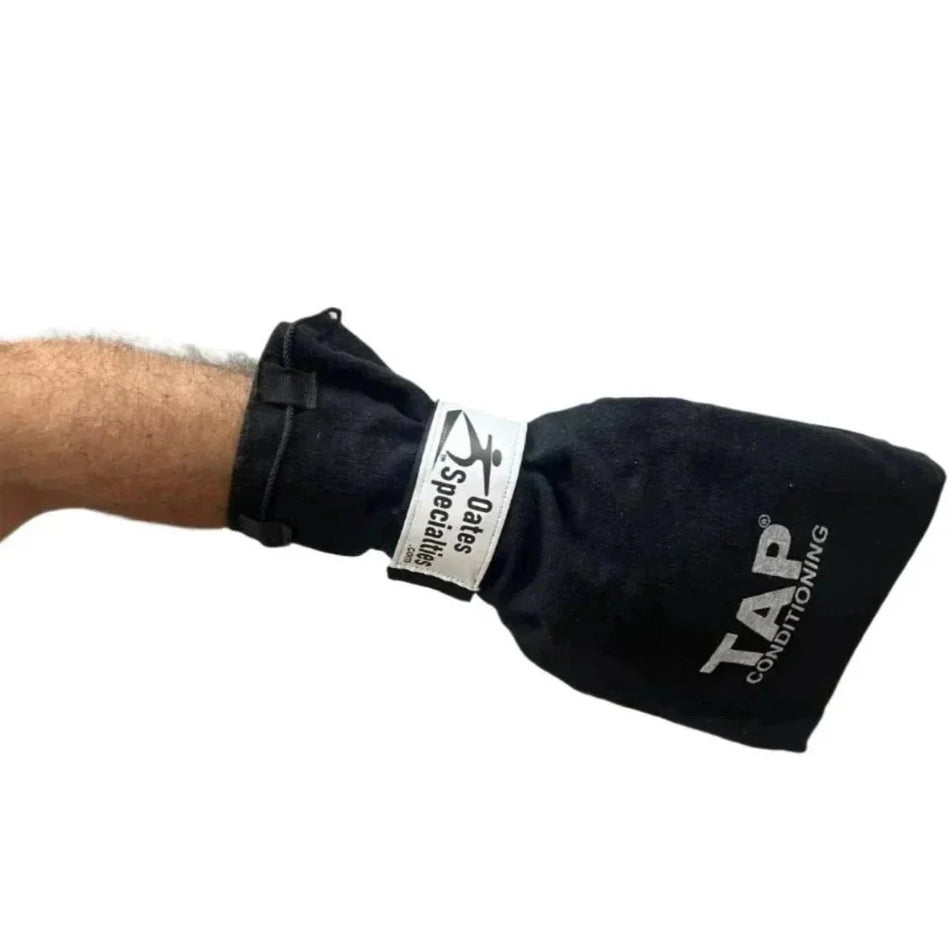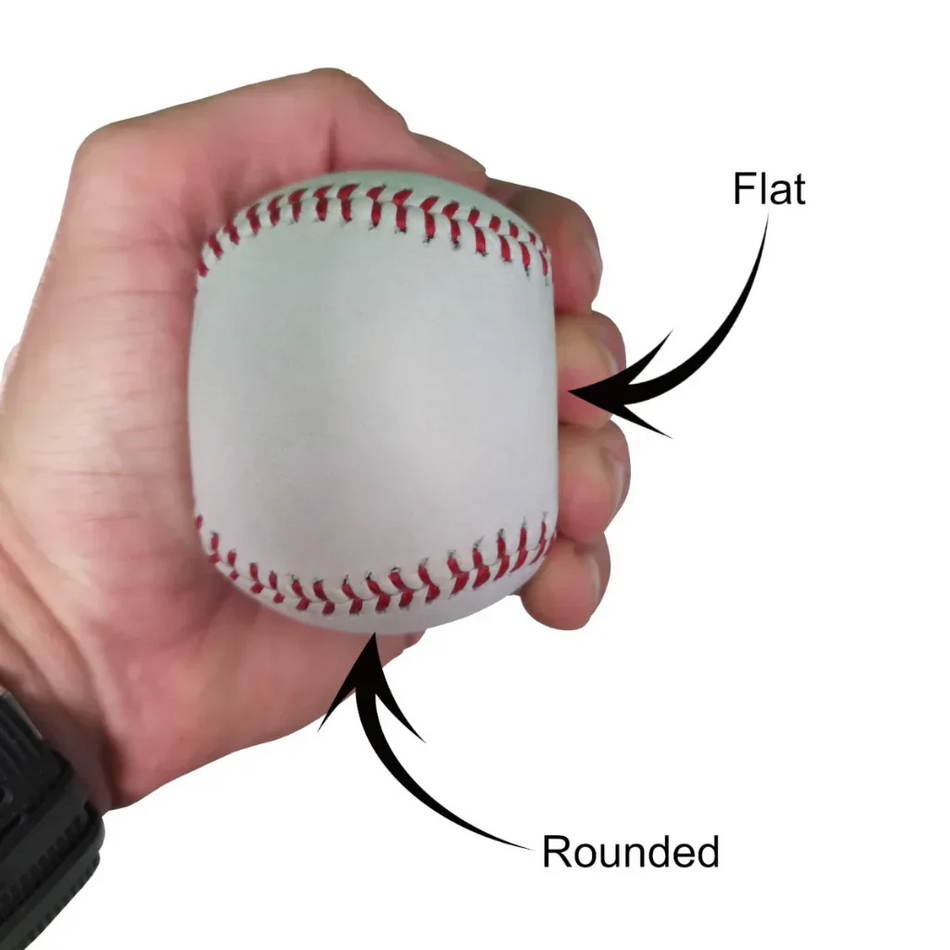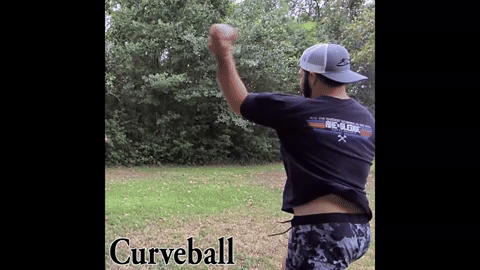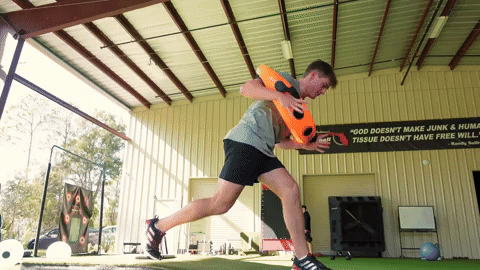On several occasions I talked about improving flexibility, mobility, and stability in athletes. While I believe these are the most important areas for athletes to concentrate on in order to stay healthy and improve performance there is another aspect of training that I have not talked about much—power.
Power is important to athletes in all sports but the reason I haven’t really addressed it much to this point is because it is the one area of training that seems to be targeted by ALL coaches. I can’t tell you how many hours I spent in a weight room forced to do mindless repetitions with as much weight as I could possibly move. Because of this, most athletes need to concentrate on other aspects of training.
Athletes in different sports need to train specifically for the movements and demands of their sport. Offensive linemen, for example, need to have a great deal of linear upper body strength and therefore an activity such as a bench press is great for training that. Other athletes do not need that type of strength and therefore the bench press offers limited benefits for a rotational game such as baseball.
The biggest problem with most strength programs for sports is that they are not tailored to that sport. The root of the problem stems from the fact that many coaches are football coaches and coach baseball and other sports on the side. While not every lift or exercise in the weight room is beneficial to all athletes there are certain exercises that can be utilized that universally benefits athletes.
One such exercise is the deadlift. The deadlift is great because it is an explosive movement that targets the lower half. Specifically it targets the lower back, glutes, and hamstrings. These are large muscle groups that control a great majority of movements that an athlete makes. One reason the deadlift is such a great exercise is because it requires the athlete to generate strength and power in a lowered position before he springs upward with the weight.
Here is what Eric Cressey, renowned strength coach and owner of Cressey Performance, had to say about the benefits of the deadlift: “…the deadlift is the single, most effective movement for training the posterior chain (glutes, hamstrings, adductor magnus, and lumbar erectors). The posterior chain is of paramount importance to high-level performance…The glutes and hamstrings are all fast-twitch fibers with a lot of strength, speed, and size potential—potential you’ll never realize without deadlift variations.”
Athletes are frequently in a lowered, crouched position and are required to explode up into the air. Think of a shortstop jumping for a line drive, a receiver leaping for a pass, and even to some degree a pitcher as he is generating his pelvic load and then explodes toward home plate.
Here is a video of Eric Cressey himself demonstrating a deadlift. Click here for the deadlift video.

Deadlifts are an explosive exercise that an athlete can use to target his fast twitch muscles. One of my biggest problems with a lot of weight room training is that it is not explosive and doesn’t help athletes become quicker and more athletic. But after watching Eric perform deadlifts it is apparent that the exercise is a fast and explosive motion. It targets the same muscles used when running, jumping, and other activities that require the athlete to go from still to full speed.
Many of you may have noticed that the bar Eric used was not a normal straight bar but instead is open in the middle for the athlete to stand in. This product is called the Olympic Trap Bar. It is superior to a straight bar because it creates more room for the knees to pass through while recruiting the legs and glutes and helps to protect the back. It is much easier to keep good form while standing in the middle of the Trap Bar as opposed to using a straight bar. I highly encourage you all to try and implement using the Trap Bar into your workouts.
As with all exercises, especially weight room exercises, it is important that the athlete use proper form. Proper form consists in part of keeping the shoulders back, abs tight, and back straight. But before you perform deadlift exercises it is important to discuss proper form with a strength coach or somebody knowledgeable in weight training.
Until next time,
Brian Oates
Brian@Oatesspecialties.com














































